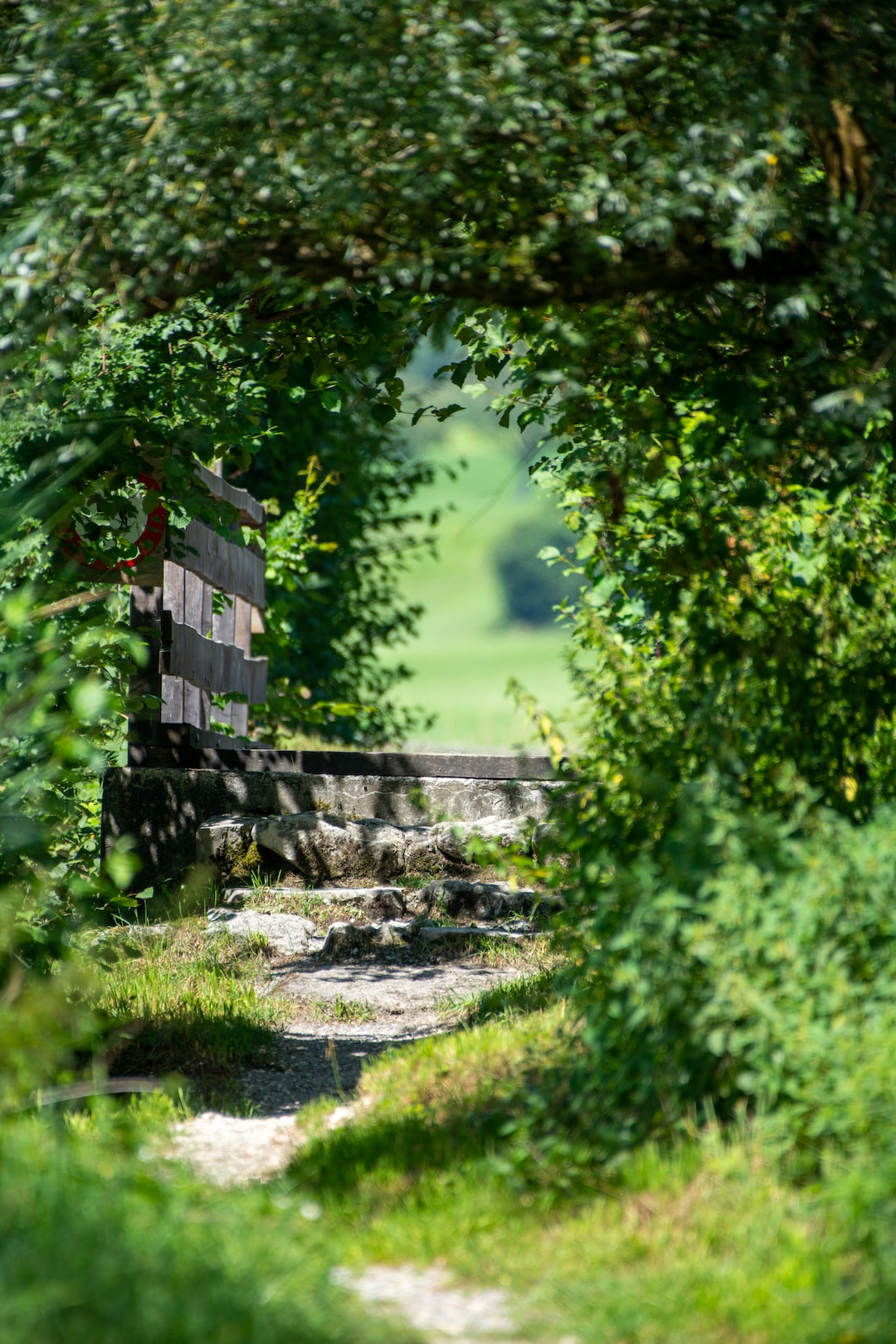Growing a Beautiful Rose Garden: Varieties and Care Tips
Roses have captivated gardeners for centuries with their stunning beauty and delightful fragrance. These timeless flowers are a symbol of love, elegance, and romance, and growing a rose garden can bring immense joy and satisfaction. However, tending to these delicate blooms and ensuring they thrive requires careful attention and understanding of the different varieties and their specific care needs. In this blog post, we will explore various rose varieties and share useful tips on nurturing a beautiful rose garden.
1. Understanding Rose Varieties:
Roses come in a wide array of varieties, each possessing its unique charm and characteristics. Some popular types include hybrid teas, floribundas, grandifloras, climbers, and shrub roses. Hybrid teas are known for their elegant form and large flowers, making them ideal for cutting and displaying in vases. Floribundas, on the other hand, produce clusters of smaller flowers, adding a vibrant splash of color to any garden. Grandifloras combine the best traits of hybrid teas and floribundas, producing large and clustered flowers. Climbing roses can cover trellises, fences, or walls with their long canes, while shrub roses offer a more informal and natural appearance.
2. Choosing the Right Varieties:
When selecting rose varieties for your garden, consider the climate, soil conditions, and available space. Some roses flourish in cooler climates, while others thrive in warm or tropical regions. Likewise, certain varieties prefer well-drained soil, while others can tolerate heavier clay or sandy soils. Furthermore, be mindful of the available space in your garden, as some roses require more room to spread their branches and grow freely.
3. Providing Adequate Sunlight:
Roses are sun-loving plants and require at least six to eight hours of direct sunlight each day. When planning your rose garden, select an area that receives ample sunlight, preferably in the morning when the rays are gentle. A lack of sunlight can weaken the plants, making them more susceptible to disease and hindering their ability to produce vibrant blooms.
4. Proper Soil Preparation:
Before planting roses, it’s essential to prepare the soil to provide them with the necessary nutrients and ensure good drainage. Roses prefer slightly acidic soil with a pH level between 6.0 and 6.5. To improve the soil’s quality, add organic matter, such as compost or well-rotted manure, which enhances fertility and moisture retention. Additionally, enrich the soil with bone meal or a balanced rose fertilizer to promote healthy growth and abundant flowering.
5. Watering and Mulching:
Roses require regular watering, especially during hot and dry spells. Deep, thorough watering is preferable to frequent shallow watering as it encourages strong root development. Aim to keep the soil evenly moist, but not waterlogged, as overly wet conditions can lead to root rot. Applying a layer of organic mulch around the base of the rose bushes retains moisture, suppresses weed growth, and regulates soil temperature.
6. Pruning for Optimal Growth:
Pruning is a vital aspect of rose care, promoting healthy growth, and ensuring abundant blooms. The best time to prune roses depends on the variety and climate, but generally, it is done during late winter or early spring when the plants are dormant. Remove dead or damaged wood, crossing branches, and thin out overcrowded areas to improve air circulation. Regular pruning encourages the production of new, healthier canes and stimulates the growth of more robust flowers.
7. Protecting Against Diseases and Pests:
Roses are susceptible to various diseases and pests, such as blackspot, powdery mildew, aphids, and thrips. Regular inspections and prompt action are key to preventing these issues from spreading. Ensure good air circulation around the plants, as damp and crowded conditions can promote fungal growth. Additionally, opt for disease-resistant rose varieties and use organic or chemical treatments as necessary.
In conclusion, growing a beautiful rose garden requires careful planning, proper care, and an understanding of the various rose varieties. By selecting the right varieties for your region, providing adequate sunlight, preparing the soil, watering appropriately, and taking preventive measures against diseases and pests, you can cultivate a flourishing rose garden that will provide endless joy, fragrance, and visual delight for years to come. So, roll up your sleeves, grab your pruning shears, and watch your garden bloom with the timeless beauty of roses.


